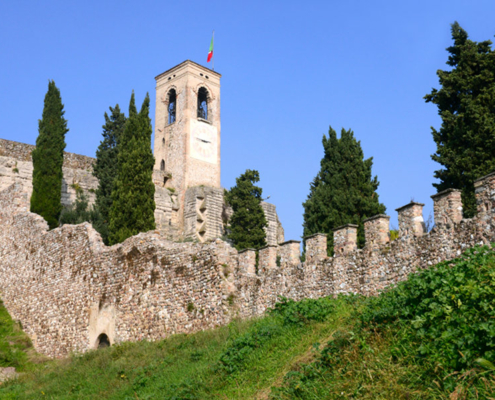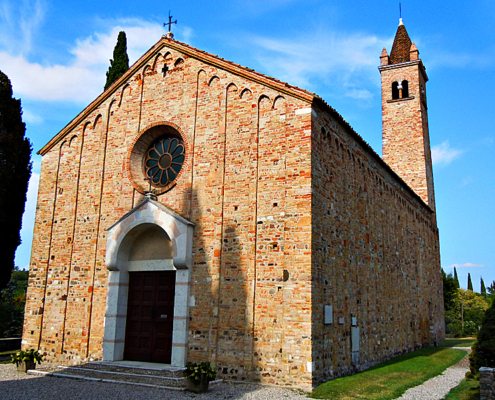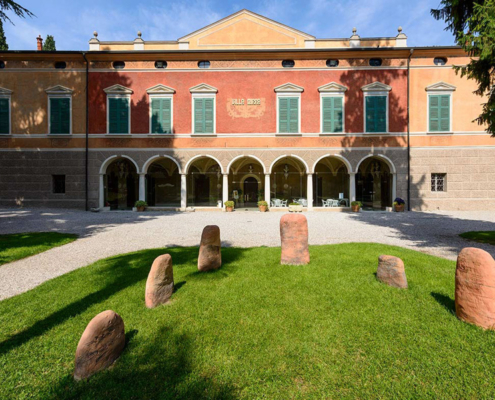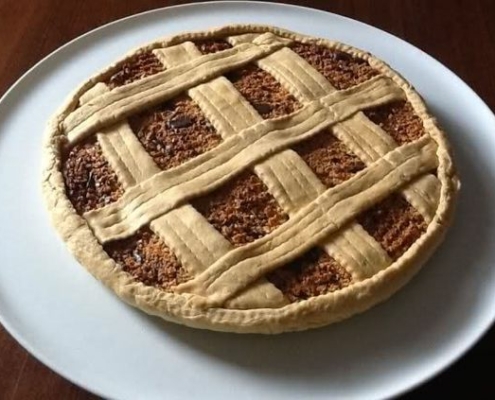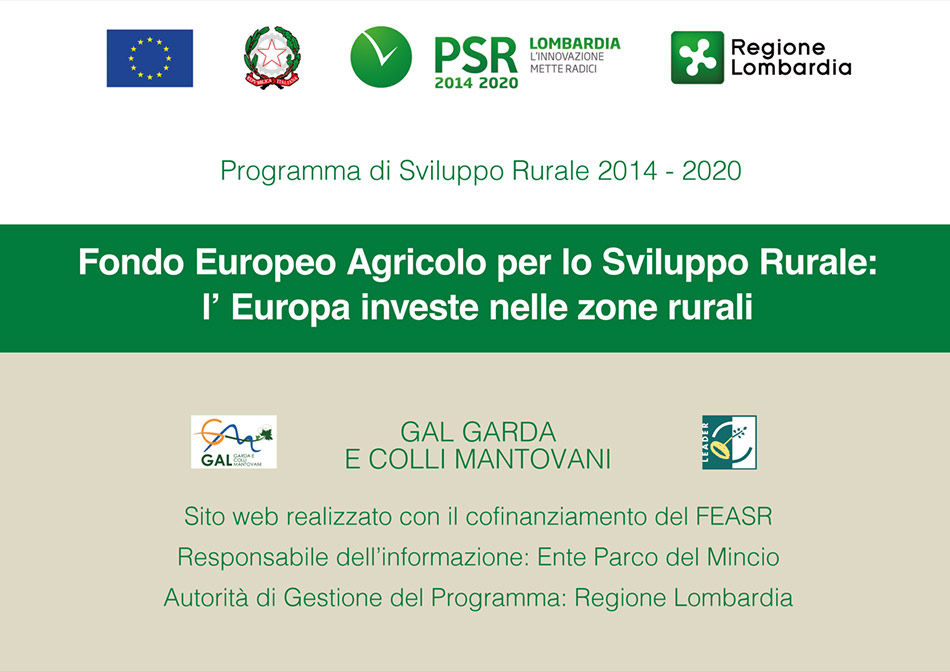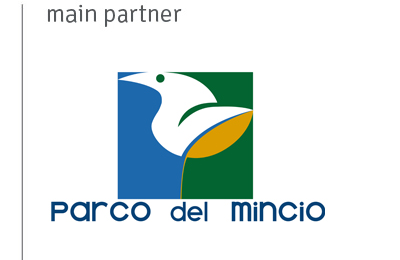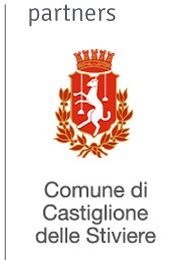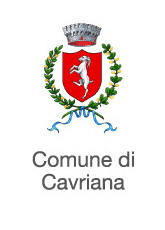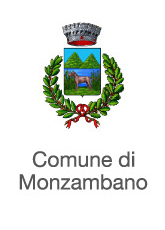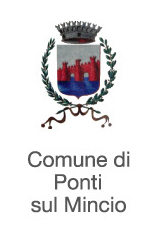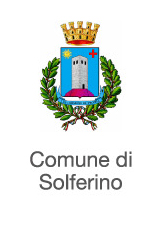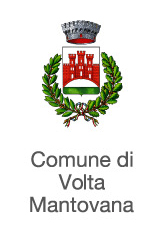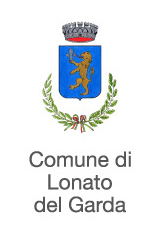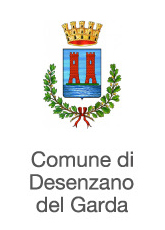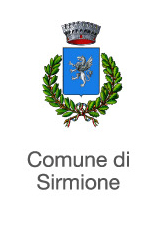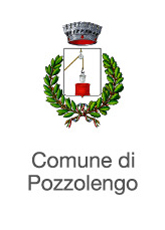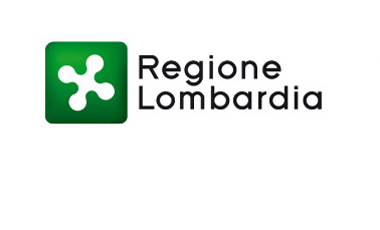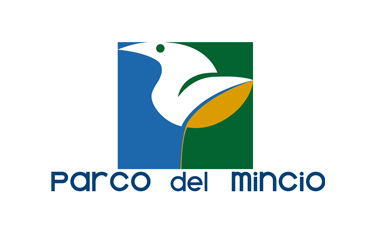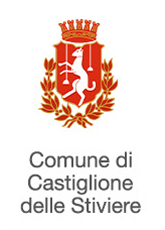![]() – Cavriana
– Cavriana
Background
Cavriana, whose historic center is located on one of the southern hills of the morainic amphitheater of Garda, is one of the oldest settlements of Italic man, as evidenced by the discovery of archaeological finds attributable to the Neolithic. After the presence of Gallic populations, the site was occupied by the Romans and the rich material recovered during various excavations is now collected in the Archaeological Museum of Alto Mantua.
In a document dated around the year 1000, the Court of Cavriana, possession of the Bishop of Mantua, is called Capriana.
Passed between 1200 and 1300 from the Riva family to the Bonacolsi family, who were fighting each other, in 1367 Cavriana definitively became part of the Gonzaga possessions thanks to the investiture by Ludovico the Bavarian of Luigi Gonzaga, appointed Imperial Vicar.
Then followed the wars between Gonzaga and Visconti, during which the ancient Castle of Cavriana was expanded and the walls surrounding the fortress were equipped with four corner towers. The population, who once lived near the parish church located on a nearby hill, moved inside the town, defended by a ring of high walls.
To escape the plague, in 1383 Francesco Gonzaga took refuge in Cavriana and was probably responsible for the construction of a noble residence there. His successor Gianfrancesco was mainly involved in the war field and, during a period of residence in Cavriana, he hosted the representatives of the states involved in the ongoing conflict to discuss the conditions of peace.
Subsequently, Ludovico, marquis (later duke) of Mantua until 1478, hired the architect Giovanni da Padova to carry out a series of interventions in order to strengthen the walls and embellish the fortress. Cavriana became Ludovico’s favorite residence and in this period the palace assumed considerable dimensions. In the fortress there are reception rooms, private halls, large loggias and rooms painted according to Mantegna’s designs, or inspired by the brush of Samuele di Tradate. During the summer, the Palazzo di Cavriana is also frequented by Isabella d’Este, wife of Francesco IV Gonzaga. Andrea Mantegna also stayed in Cavriana, whose students were engaged in the work of beautifying homes, with wall paintings that had largely disappeared. New cultures also appear: mulberry trees for silkworm breeding, saffron, broom, almond trees, figs, pomegranates and vines; the pepper plant and sugar cane are introduced; Olive tree plantations spread, favored by the mild climate influenced by Lake Garda. It was a period of splendor for Cavriana, which rose from a modest peasant village to a secondary seat of the Signoria.
However, around 1630 a sad period of decline began: Cavriana was also hit by the fury of war and its castle, considered the largest in the state, was attacked, occupied and partially demolished. Famine and plague follow. In 1650, the Gonzaga government defined the Castle of Cavriana as “decayed”.
In 1707 the Gonzaga lordship fell and Austria, the new ruler, decided, towards the middle of the century, to demolish the fortress which was now in dilapidated conditions. The material is recovered and sold to build new homes and to fill the underground parts of the large complex. Villa Mirra was built on the foundations of the demolished fortress, a valuable building, also known historically for having hosted, during the Second War of Independence, Emperor Franz Joseph and the following night the victorious Emperor Napoleon III.
Cavriana has maintained the original structure of a fortified village and dominated from above by the mighty fortress. The remains of the building are majestic and from the top you can enjoy a splendid view of the countryside and as far as Lake Garda. The town is still rich in testimonies: it is accessed through a beautiful door, which leads us into a small square overlooked by two sixteenth-century buildings.
Good to know



